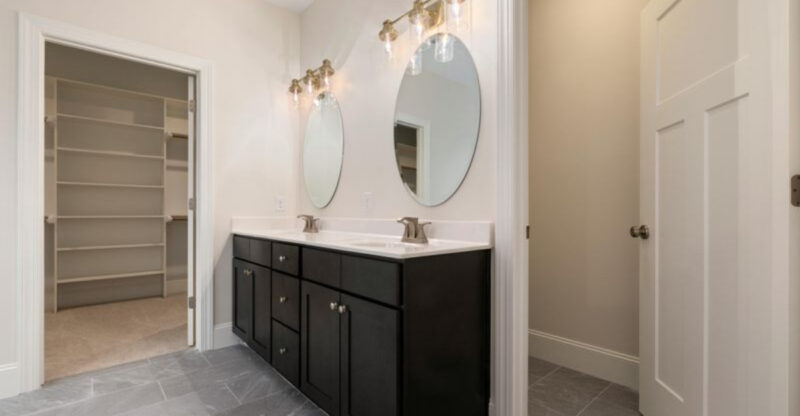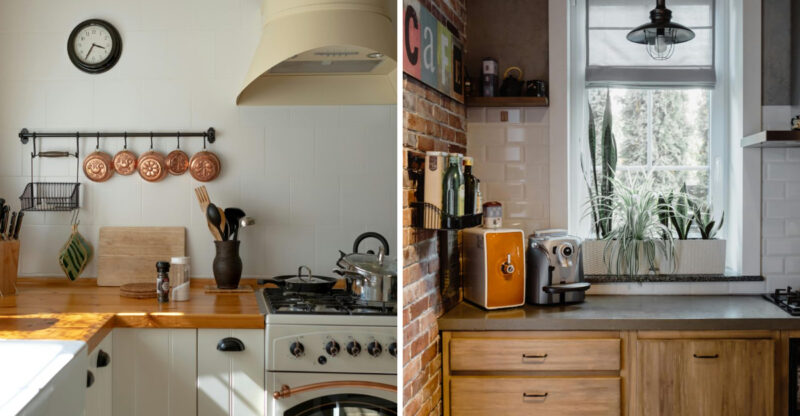21 DIY Projects That Could Help Reduce Household Costs
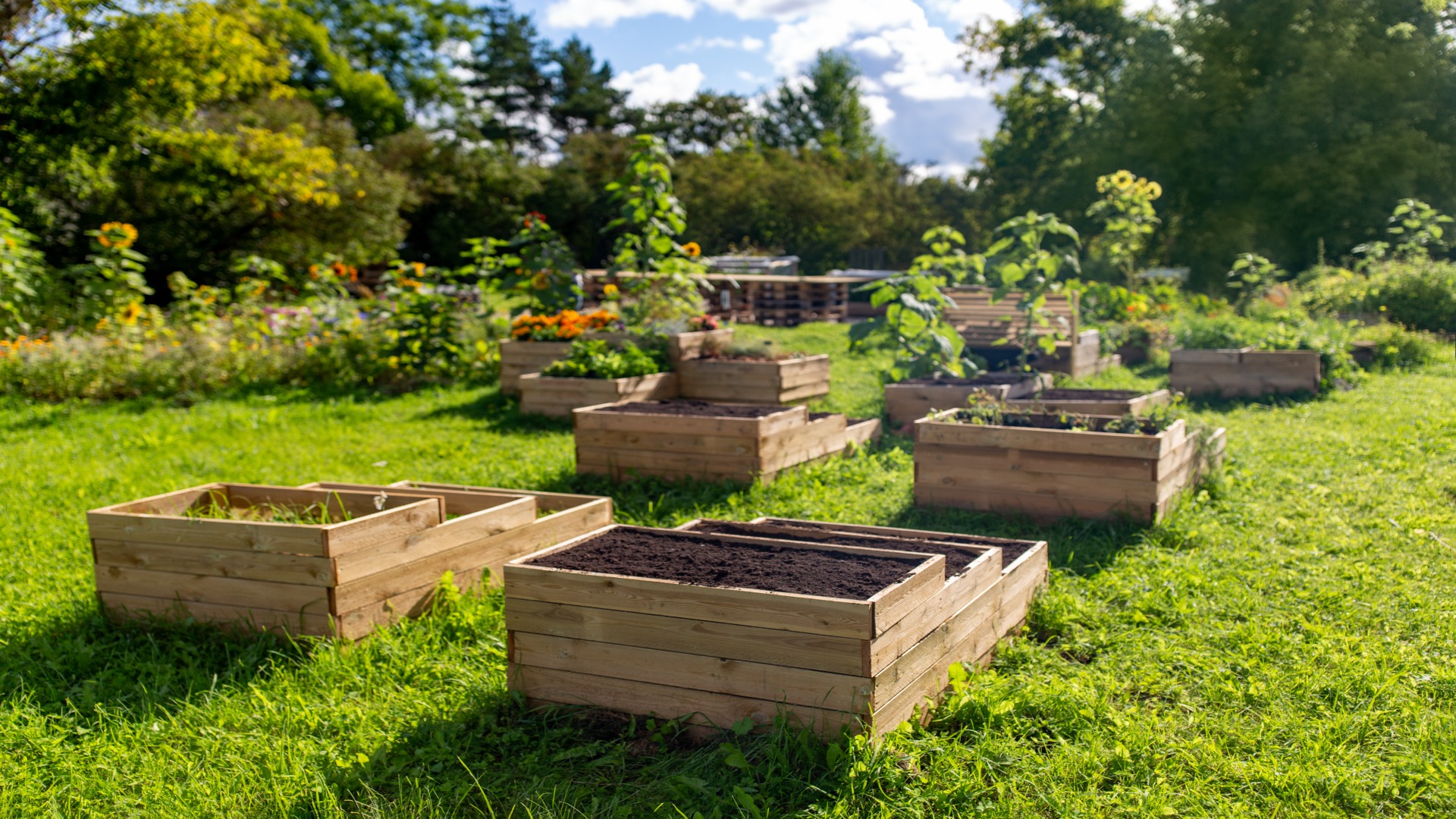
Cutting household expenses doesn’t have to mean sacrificing comfort or style. With a few smart DIY projects, you can make your home more energy efficient, reduce water waste, and save money month after month. Each project delivers practical benefits while creating a home that works harder for your wallet – and the planet.
The DIY projects in this article are intended for general information and inspiration. Safety precautions, local building codes, and regulations vary widely. Before starting any project, consult professionals when necessary to ensure compliance, safety, and effectiveness.
1. Install Weatherstripping On Doors And Windows
Those tiny gaps around doors and windows might seem harmless, but they’re they can increase heating costs over time. Adhesive weatherstripping creates a tight seal against drafts.
The materials cost just a few dollars at hardware stores, and installation takes about an hour per door or window. Most homeowners save up to 20% on heating bills after properly sealing these common air leaks.
2. Build A Rainwater Collection System
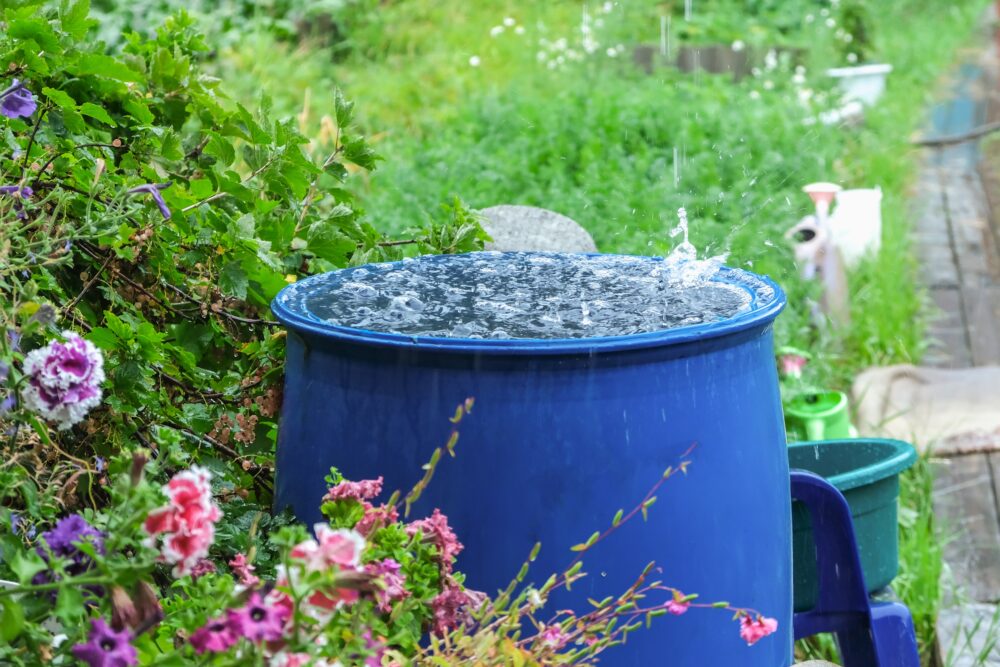
Free water falls from the sky regularly – why not capture it? A basic rain barrel positioned under your downspout collects gallons of water during each rainfall.
Rainwater can be beneficial for many garden plants. Setting up a simple system requires just a food-grade barrel, spigot, and overflow hose. During summer months, this collected rainwater could save you significant money on water bills.
3. Create A Compost Bin For The Garden
Kitchen scraps and yard waste don’t belong in the trash! A homemade compost bin transforms these materials into rich garden fertilizer.
Wooden pallets wired together make an excellent free-standing bin. Layer green materials (vegetable scraps) with brown materials (dry leaves) and turn occasionally. Within months, you’ll have nutrient-rich compost, eliminating the need for store-bought fertilizers completely.
4. Make Homemade Cleaning Supplies
Commercial cleaners are expensive and often contain harsh chemicals. Basic ingredients like vinegar, baking soda, and lemon juice clean just as effectively for pennies on the dollar.
White vinegar mixed with water makes an excellent all-purpose cleaner. Baking soda works wonders on tough bathroom grime. A spray bottle and a few simple ingredients can reduce the need for multiple store-bought cleaners, saving you $20-30 monthly.
5. Install A Programmable Thermostat
Heating and cooling empty rooms wastes significant energy. A programmable thermostat automatically adjusts temperatures based on your schedule, maintaining comfort only when needed.
Modern options connect to smartphones for remote adjustments. Installation usually requires just a screwdriver and about 30 minutes. The energy savings may offset the initial cost over time, with continued savings of 10-15% on heating and cooling bills thereafter.
6. Build Simple Window Insulation Panels
Single-pane windows leak tremendous heat during winter months. Custom insulation panels made from rigid foam board create an additional barrier against the cold.
Cut the foam slightly larger than your window frame and cover with fabric for aesthetics. These removable panels cost about $10-15 per window to make. They’re particularly effective in older homes, potentially reducing heating bills by 15-20% during cold months.
7. Set Up A Clothesline For Air-Drying Laundry
Dryers consume massive amounts of electricity with each load. A simple clothesline or drying rack harnesses free solar power and gentle breezes instead.
Outdoor options include traditional lines between posts or retractable versions. Indoor racks work well for apartments or rainy climates. Besides saving $15-25 monthly on electric bills, air drying may help reduce wear compared to machine drying.
8. Construct A Solar Water Heater

Water heating accounts for nearly 20% of household energy use. A basic solar water heater pre-warms water before it enters your conventional water heater.
Black hoses coiled inside a glass-topped box can raise water temperature significantly on sunny days. While more complex than some projects, even a simple system reduces water heating costs by 10-15%. More advanced designs may significantly reduce water heating costs in some cases.
9. Make Reusable Cloth Towels And Napkins
Paper products create constant household expenses. Fabric alternatives cut this cost while reducing environmental impact.
Old t-shirts make excellent cleaning rags when cut into squares. Cotton fabric remnants can be hemmed into attractive napkins with basic sewing skills. A family typically spends $15-20 monthly on paper towels and napkins – switching to cloth eliminates this recurring expense after a one-time investment in fabric.
10. Install Low-Flow Showerheads And Faucets
Every drop of heated water costs money twice – once for the water itself and again for heating it. Low-flow fixtures reduce water usage without sacrificing performance.
Modern aerating designs mix air with water to maintain pressure while using less volume. Installation requires only a wrench and plumber’s tape. These simple devices typically reduce water consumption by 30-50%, potentially saving hundreds annually on combined water and heating costs.
11. Build Raised Garden Beds For Vegetables
Grocery store produce prices continue climbing yearly. Raised garden beds provide fresh vegetables for a fraction of store costs.
Simple beds can be built from untreated lumber, with dimensions of 4’x8′ being ideal for reaching all plants easily. A single well-managed bed can provide fresh vegetables at a lower cost than store prices. Even accounting for seeds and soil, home-grown produce typically costs 80% less than store-bought equivalents.
12. Create A DIY Drip Irrigation System
Traditional sprinklers waste significant water through evaporation and runoff. Drip irrigation delivers water directly to plant roots, where it’s needed most.
Perforated hoses or pipes can be arranged throughout garden beds, connected to a simple timer. This targeted approach reduces water usage by up to 70% compared to sprinklers. For vegetable gardens and landscaping, this translates to substantial water bill savings during growing seasons.
13. Make Your Own Energy-Efficient Curtains
Windows lose heat in winter and gain heat in summer, driving up energy costs year-round. Thermal curtains create an insulating barrier that moderates these temperature exchanges.
Regular fabric backed with insulating material like fleece or specialized thermal lining works wonderfully. Adding a reflective layer facing the window improves performance further. These DIY curtains typically cost 50-70% less than commercial thermal drapes while providing similar energy-saving benefits.
14. Install Ceiling Fans To Reduce AC Usage
Air conditioning devours electricity during hot months. Ceiling fans create cooling air movement while using just a fraction of the energy.
Modern ceiling fans with efficient motors cost $50-150 but save much more over their lifetime. Running a fan instead of air conditioning can reduce cooling costs by up to 40%. Remember to adjust the rotation seasonally – counterclockwise in summer for cooling, clockwise in winter to circulate warm air.
15. Build A Pantry Organization System
Food waste drains household budgets silently. A well-organized pantry system helps track inventory and prevent forgotten items from expiring.
Simple shelving with clear containers transforms chaotic cupboards into efficient storage. Label everything clearly and arrange by expiration date. Families typically waste $50-100 monthly on expired or forgotten food – proper organization can recover much of this lost money while streamlining meal planning.
16. Create A Greywater Recycling System
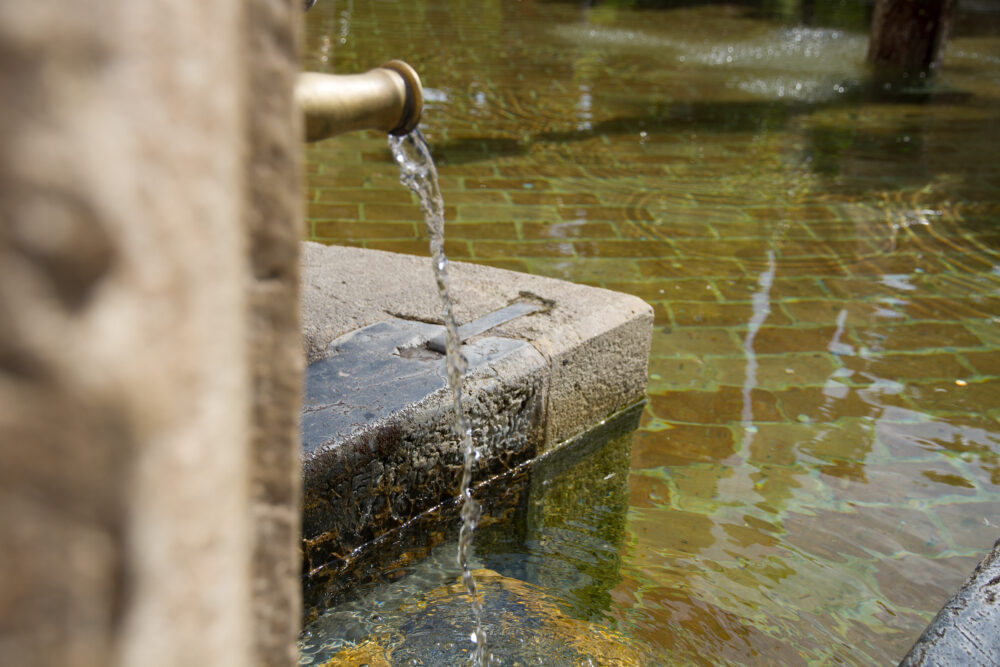
Shower and sink water doesn’t need to go down the drain! Simple greywater systems redirect this gently used water to landscape irrigation.
Basic setups divert washing machine or shower water through filters to outdoor plants. Check local regulations first, as requirements vary by location. Homeowners typically reclaim 30-50 gallons daily through greywater recycling, substantially reducing water bills while maintaining lush landscaping even during restrictions.
17. Set Up LED Lighting Throughout The House
Traditional incandescent bulbs convert most electricity into heat rather than light. Switching to LED bulbs dramatically reduces lighting costs while improving illumination quality.
Modern LEDs last 15-25 times longer than incandescents and use 75-80% less energy. The initial investment is higher but pays back quickly. A typical home saves $100-200 annually after converting all lighting to LED, with bulbs lasting 5-10 years before needing replacement.
18. Make Natural Pest Control Solutions
Commercial pesticides cost a fortune and introduce chemicals into your living space. Natural alternatives control pests effectively using ingredients already in your kitchen.
Vinegar spray deters ants, while diatomaceous earth eliminates many crawling insects safely. Soap and water mixture tackles aphids on plants. These homemade solutions typically cost 80-90% less than commercial products while being safer for homes with children, pets, and garden vegetables.
19. Install A DIY Home Energy Monitoring System

You can’t manage what you don’t measure! A simple energy monitoring system reveals which appliances and habits drain your wallet most heavily.
Basic setups use plug-in monitors for individual devices or whole-house systems that connect to your electrical panel. The data helps target your biggest energy expenses for maximum savings. Households typically reduce energy consumption by 15-20% simply by becoming aware of their usage patterns.
20. Build A Simple Outdoor Composting Toilet
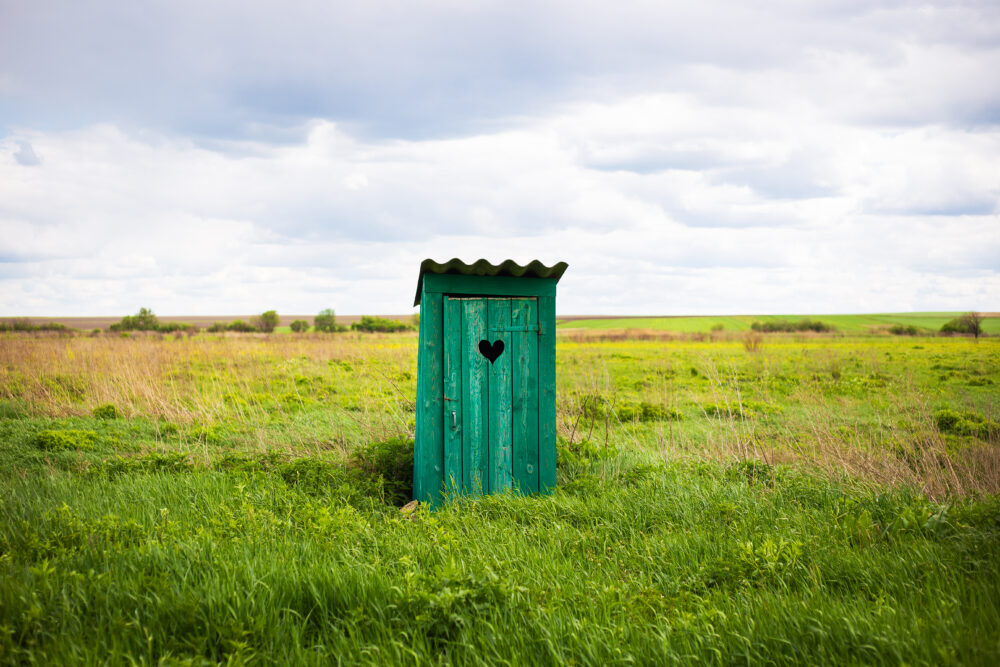
Flushing drinking-quality water down toilets wastes a precious resource. Outdoor composting toilets provide an alternative for garden sheds, workshops, or camping areas.
A basic design uses two chambers: one in use while the other composts. Sawdust or wood chips control odors effectively when added after each use. While not replacing indoor plumbing entirely, these systems may help lower household water usage.
21. Create A Rain Garden To Reduce Water Runoff
Stormwater runoff wastes potential irrigation while creating drainage problems. Rain gardens capture this flow using attractive plantings in strategic depressions.
Native plants with deep roots thrive in these periodically wet conditions without additional watering. Position the garden to intercept runoff from roofs or driveways. Beyond water savings, these gardens reduce erosion and flooding while creating beautiful, low-maintenance landscaping that supports local wildlife and pollinators.


